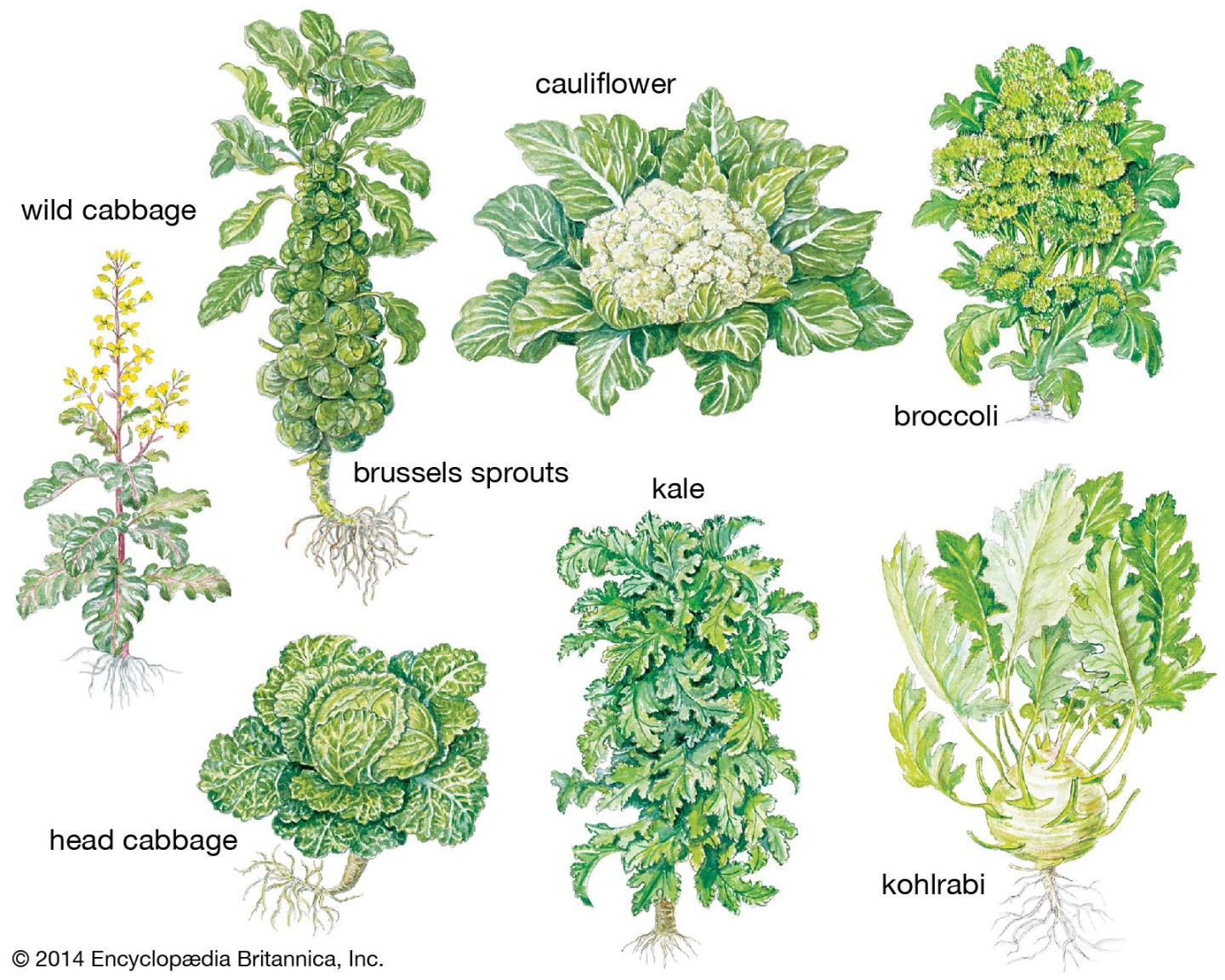Brassica Vegetables: A Gardener’s Guide
Brassica vegetables, a diverse group belonging to the Brassicaceae family, are beloved by gardeners and chefs alike for their nutritional value and versatility. These cool-season crops thrive in temperate climates and offer a range of flavors, textures, and colors.
Popular Brassica Vegetables
Some of the most popular brassica vegetables include:
Broccoli: This cruciferous vegetable is a nutritional powerhouse, packed with vitamins, minerals, and fiber. Broccoli comes in various types, such as Calabrese, Romanesco, and Purple Sprouting.
Planting and Growing Brassica Vegetables
Brassica vegetables are relatively easy to grow, but they do require some specific care. Here are some tips for planting and growing these nutritious crops:
Choose the Right Location: Brassicas prefer full sun to partial shade and well-draining soil.
Harvesting Brassica Vegetables
The timing of harvest varies depending on the specific variety. In general, harvest brassica vegetables when they are firm and fresh. Avoid harvesting in hot, humid weather, as this can lead to rapid deterioration.
Conclusion
Brassica vegetables are a valuable addition to any garden. They are not only nutritious but also delicious and versatile. By following these simple tips, you can enjoy a bountiful harvest of these healthy crops.

